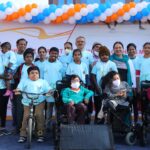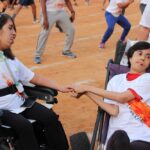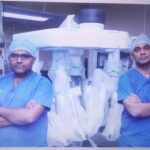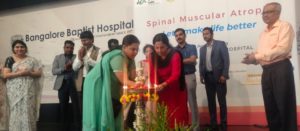

The objective was to create a knowledge-sharing platform, raise awareness and educate doctors and parents on the Standards of Care (SoC) followed the world over in order to improve the lives of affected children. More than 50 doctors from across the country, 22 plus speakers and around 100 patients with their family attended this workshop. Topics for discussion included an overview of SMA and its diagnostic pathway along with tips on anticipating and avoiding common expected complications in SMA by taking care of respiratory, swallowing difficulties bone and spine health problems in SMA. Each of the speakers involved shared their practical experiences in dealing with the unique issues that SMA diagnosed children faced.
Dr. Sudheendra Rao, a scientist and Research Advisor to the ORDI, talked about potential treatments that 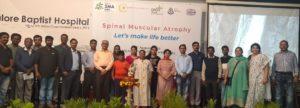

SMA (Spinal Muscular Atrophy) is, an often lethal genetic disease in childhood that robs children of their physical strength by affecting the motor nerve cells in the spinal cord, taking away their ability to walk, eat or breathe. Spinal Muscular Atrophy (SMA) causes progressive muscle weakness and thus worsening loss of movement. It is caused by deterioration in the nerve cells (motor neurons) connecting the brain and spinal cord to the body’s muscles. As the link between the nerves and muscles breaks down, the muscles used for activities such as crawling, walking, sitting up, moving the head and even swallowing, become progressively weaker and shrink (atrophy).
There is an estimated three lakhs or more children and young adults suffering from this genetic disorder in India and the treatment is very expensive. There is cure in the form of gene therapy, an FDA approved therapy that costs 2 million USD. These children need a lot of care from various specialists, in order to sustain a productive life. Patients with SMA get comprehensive care in western countries and hence have very different outcomes and results even without the cure. But in India such a scenario is still in its early stage. Patients and families are unable to access requisite support and care and hence end up having shorter life span with poorer quality of life. Many children have so many deformities or are in so much pain that they are marginalized from society because they cannot move around and meet people easily.







